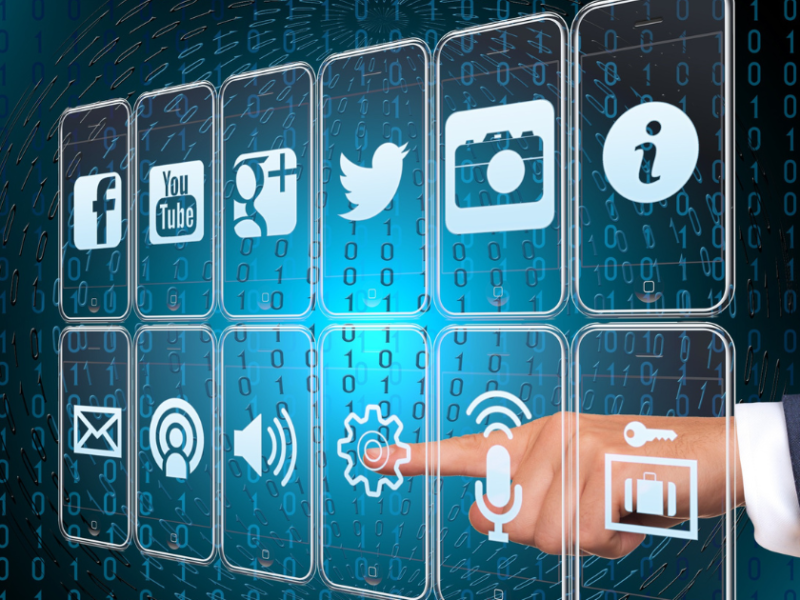How Fibre to home dominates the Cable Internet
Is it better to have fiber internet or cable internet? What is the best broadband Internet connection for you? A reliable and fast internet connection is essential for effective business communication. The service you choose will impact your customers’, partners’, and employees’ satisfaction. It has a daily effect on your performance, credibility, and competitiveness. It can have a significant impact on your bottom line.
A non-technical person has no idea what the variations are between various types of internet connections. A typical internet user only wants to invest in a service that allows them to complete their tasks without experiencing any frozen screens of death, lag time, or choppiness. Several options have access to a high-speed internet link, but each differs from the others in several ways. If you are a business owner, you will want to get an internet connection to provide you with the most reliable service possible while staying within your budget.
Fiber and cable are the two most common internet link types nowadays. Both have different characteristics, structures, speeds, and even dependability. Most people believe that fiber internet is a superior option to cable internet. A brief comparison to help you decide which is best for your home or small business.
Internet Structure: Fiber vs. Cable
When comparing fiber optic and cable internet options, fiber optic is thought to be more advanced.
Cable internet transmits data using the same infrastructure as cable television, either coax or coaxial cable. A copper core with an aluminum shield, a copper shield, and an outer plastic layer makes up this coax cable. It can have both an internet connection and a television network at the same time. As a result, cable companies often bundle the two offerings into a single package. The use of a modem is necessary for cable internet to connect to the cable network.
Although cable broadband does not interfere with your television, you will have to share your link with other people in your region who have the same service.
On the other hand, a fiber-optic link employs cutting-edge technology to transmit data in the form of light through thin, flexible glass strands. Data can be delivered faster over long distances thanks to these thin fiber strands.
Continuity
Both fiber and cable internet links are nearly identical in terms of reliability. Cable connections, on the other hand, are affected by the same factors that influence electricity. Live in an area where there are regular power outages and cable interruptions. Cable internet may not be the best choice for you. If you do not choose, keep a backup internet source on hand in case of an emergency.
Unlike cable, which requires users to share a link with others, fiber internet gives users their line. This unshared connectivity means that Fibre protects you from delays and latency. At the same time, cable users can encounter slower speeds during peak periods.
Furthermore, a fiber optic internet connection is not affected by power outages. Since fiber-optic cables are made up of glass, so they do not transmit electricity. Fibre internet also protects cables from fire risks and power voltage fluctuations.
Since fiber internet is not as quickly interrupted as cable internet, it is automatically a more dependable choice due to its stable operation.
Effortlessness
Most cable networks provide download speeds of 10 Mbps to 500 Mbps and upload speeds of 5 Mbps to 50 Mbps on average. Most households and small businesses can get by with this internet speed.
You can use the internet like Mediacom with cable network speed to download large files, watch videos, and play online games. However, since it is a shared network, you can encounter slower speeds than average when traffic is peak. During peak use times, you can experience a speed reduction of up to 25%.
As opposed to cable broadband, fiber-optic internet networks are not only faster but also more reliable. The Internet Speed ranges typically between 250 Mbps – 1,000 Mbps. Furthermore, several users may use the fiber internet at the same time without impacting overall efficiency. This simultaneous use is an excellent option for internet use that needs consistency, even during high traffic times.
Internet Costs: Fiber vs. Cable
Most people agree that a cable internet connection is less expensive than a fiber internet connection. They do not understand that fiber optic prices have fallen drastically in the last couple of years. Although it is still costly, it is equal to the expense of cable service.
Let us keep it under a dollar. Cable is mainly determined by your television, phone service, or location. You can choose between a standalone contract or a cable and television package offer from your service provider to save money.
On the other hand, Fiber-optic internet is typically more costly. It is determined by the broadband speeds you need, your venue, and your internet habits. You would also have to pay for activation and installation fees.
If your company has different sites, we recommend installing a fiber network at the central office and a cable link at rest. This way, you can easily match power and speeds while staying within budget.
The Final Word
Both Fibre and cable are equally efficient and can deliver speeds of up to 1,000 Mbps. Still, the Fibre is superior in delivering lightning-fast speeds, especially for upload bandwidth. Besides, compared to a cable network, it is less susceptible to high-traffic slowdowns.
Open your browser and type in “fiber internet near me” to begin your search. Choose Fibre if it is available and you require fast and dependable speeds.

